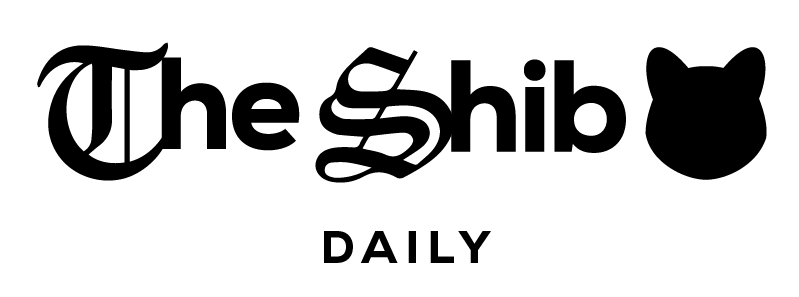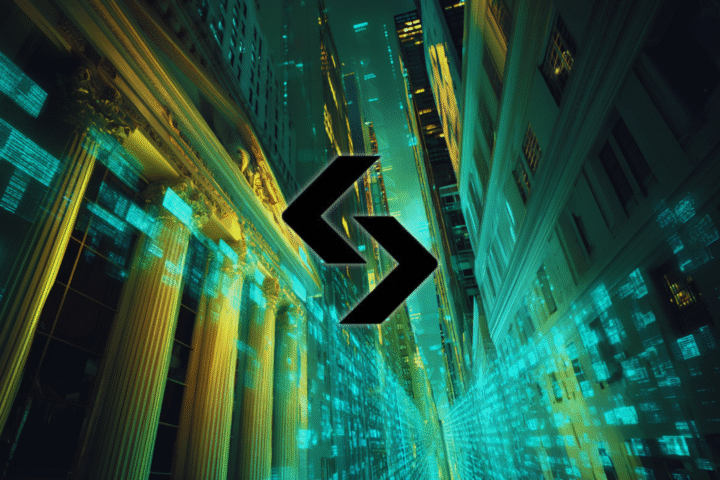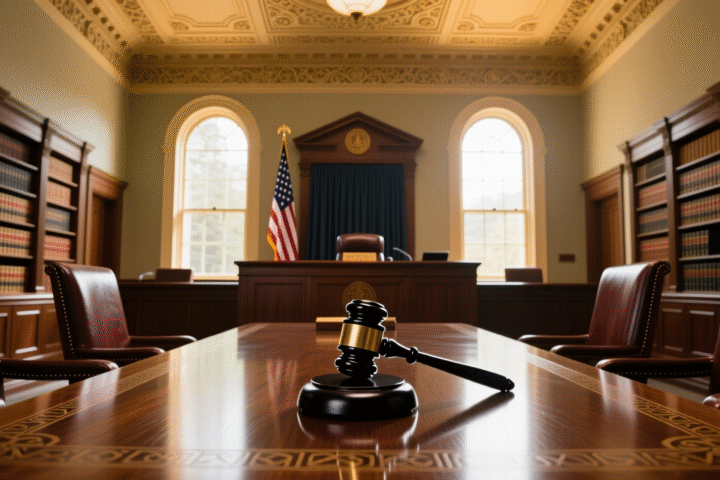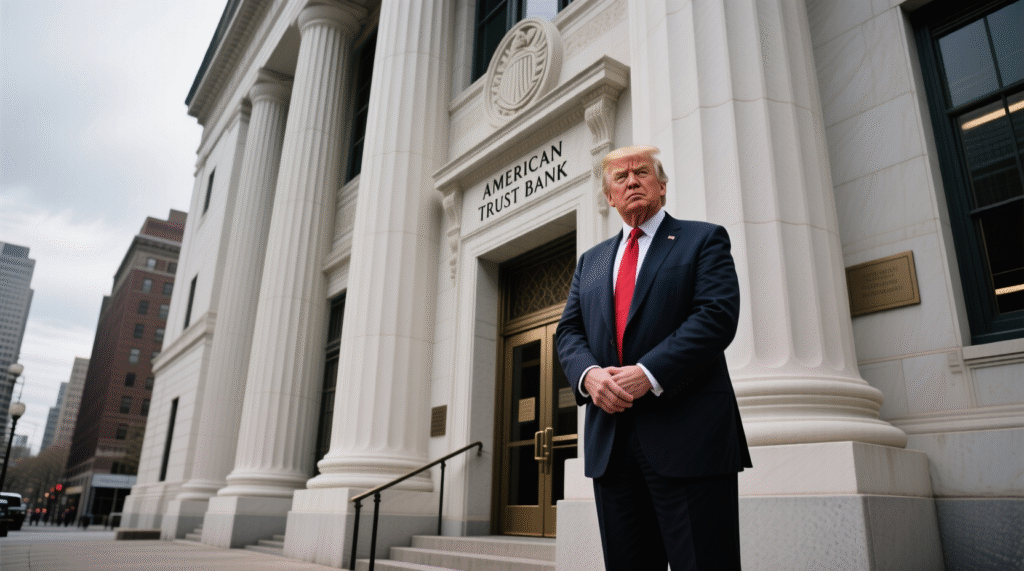Key points:
- Blockchain goes beyond cryptocurrency by offering secure, transparent solutions in everyday industries like supply chains, healthcare, and voting.
- Supply chain transparency uses blockchain to track products from origin to consumer, reducing fraud and improving safety, with big players like Walmart and Maersk leading the way.
- Digital identity and voting systems on blockchain improve security and user control, with projects like Shibdentity and Voatz showing how personal data and elections can be safer and more efficient.
- Real estate, intellectual property, and charitable donations benefit from blockchain’s tamper-proof records, speeding up processes, protecting ownership, and boosting trust in where aid money goes.
Not all blockchains are chasing moonshots or making headlines with wild crypto price swings. When most people hear the word “blockchain,” their brains often jump straight to Bitcoin, Ethereum, and all things crypto, sometimes imagining digital gold rushes or complicated trading charts. But here’s the surprise: blockchain applications extend far beyond just cryptocurrencies. This powerful technology is quietly transforming industries you might never expect, from tracing your morning coffee’s journey to safeguarding your personal health data.
Without involving a single token or coin, blockchain is already reshaping how businesses and governments operate behind the scenes. Curious to know how? Here are 7 surprising blockchain applications making a real-world impact right now.
1. Supply Chain Transparency: Tracking Your Stuff Like a Pro
Imagine your morning coffee could tell you its whole story, from the farm where the beans were picked, to the factory where it was roasted, all the way to your kitchen table. That’s exactly what some blockchain applications are doing in the world of supply chains.
Here’s the deal: supply chains can be super complicated. Products pass through many hands, sometimes across continents. With so many stops along the way, it’s easy for mistakes, fraud, or even contamination to sneak in. Blockchain steps in as a tamper-proof digital ledger that records every move a product makes. Because it’s decentralized and nearly impossible to change after the fact, it keeps everyone honest.
Some real-world examples include Walmart and IBM’s Food Trust platform, which tracks food from farm to store shelves to improve safety and freshness. Shipping giant Maersk also uses blockchain to track cargo containers, cutting down paperwork and delays.
Why it’s a game changer:
- It puts the spotlight on every step, so shady shortcuts get exposed fast.
- You get peace of mind knowing exactly what’s in your products and where they’ve been.
- Companies can move faster and smarter because all the info is right there, clear and reliable.
So next time you sip your coffee or bite into your favorite snack, remember that blockchain applications might just be the silent watchdog making sure it’s the real deal.
2. Digital Identity Verification: Your Digital ID’s New Best Friend
Think about all the times you have had to prove who you are, signing up for a new app, opening a bank account, or just logging into your favorite website. Now imagine if you could do all that without juggling passwords, scanning tons of documents, or worrying about someone stealing your identity.
That is where blockchain applications shine in digital identity verification. Instead of relying on a single company or government database, which can get hacked or lose your information, blockchain creates a secure, decentralized system where you control your digital identity. Your information is encrypted and stored across many computers, making it nearly impossible to tamper with.
A fun example of blockchain applications in action is Shibdentity, a decentralized identity platform developed by the Shiba Inu ecosystem. It includes features like the Shib Name Service (SNS), which lets users replace confusing wallet addresses with simple, human-friendly names like “alex.shib.” This not only makes digital interactions easier but also puts people in full control of their own identities. With tools like smart wallets, verifiable credentials, and even private peer-to-peer messaging, Shibdentity is shaping up to be a powerful player in the world of secure, user-owned digital ID.
Here is why it matters:
- Protects you from identity theft by making your data harder to hack.
- Cuts down on piles of paperwork and long verification processes.
- Gives you control over what information you share and with whom.
With blockchain applications handling your digital ID, the days of lost passwords and endless forms might finally be behind us.
3. Voting and Elections: Blockchain Gets Ballot-Ready
Let’s talk about one of the juiciest use cases for blockchain applications, voting. And no, we’re not talking about Reddit polls. We’re talking about real, serious elections. The kind that decides presidents, policies, or whether pineapple belongs on pizza (jury’s still out).
Related: Bitget Doesn’t Sleep: The New $500M Shift to On-Chain Stocks
So what’s the problem with current voting systems?
- They’re often centralized, which means you have to trust a single authority to count things fairly.
- There’s potential for tampering, fraud, and errors, especially in online systems.
- Results can take forever to verify.
Enter blockchain-based voting, where transparency, security, and speed tag-team to clean up the mess.
How It Works (In Plain English)
Instead of tossing votes into a black box and hoping for the best, blockchain voting records each vote as a unique transaction on a public ledger. That means:
- No one can secretly change a vote after it’s cast.
- Every vote is traceable without revealing who cast it.
- Audits are way easier (and way faster).
Basically, it’s like giving elections an unhackable, real-time scoreboard.
Why This Isn’t Just a Nerdy Dream
Blockchain voting brings:
- Transparency: Everyone can verify the system is working correctly.
- Fraud protection: Hacking one vote? Nearly impossible. Hacking a whole chain? Good luck.
- Speed: Results can be verified and published way faster than traditional methods.
But here’s the kicker, it still needs time. Tech like this is powerful, but governments need to be careful, test it well, and make sure it’s foolproof before rolling it out on a national scale.
4. Healthcare Records Management: No More Lost Files or Awkward Paper Trails
Raise your hand if you’ve ever filled out the same medical form three times at three different clinics. Yep, we’ve all been there. Now imagine a world where your health data is always available, always accurate, and always under your control. That’s what blockchain applications are bringing to the exam table.
Blockchain in healthcare might sound like mixing tech with thermometers, but it’s a game-changer for how medical records are handled. Instead of relying on outdated systems or filing cabinets, your data can be stored securely on a blockchain network, where it’s accessible when needed, but not open to prying eyes.
Real-World Example:
- MedRec (developed by MIT): A blockchain-based system designed to manage electronic health records.
- Estonia: This digital-forward country uses blockchain to secure over 95% of its citizens’ health data.
So next time you’re sitting in a waiting room filling out forms again, just know: blockchain applications are already being built to make that a thing of the past.
5. Intellectual Property and Copyright Protection
Who made it first? Prove it on the blockchain. Ever created something and watched it get reposted, rebranded, or outright stolen online? From artists and writers to inventors and indie game devs, the struggle to protect original work is real. Enter one of the coolest blockchain applications: IP and copyright protection.
Instead of relying on a fragile paper trail or hoping a screenshot saves the day, blockchain offers a tamper-proof timeline of creation, ownership, and usage rights.
Related: Jump Trading Faces $4B Lawsuit For Rigging the Terra Collapse
Here’s how it works:
- You upload or register your creative work (music, design, code, blog post, etc.)
- The system logs it on the blockchain with a timestamp and your identity
- That record becomes your digital receipt — publicly verifiable and nearly impossible to fake
This is one of those blockchain applications that quietly rewrites how creators earn, share, and protect their work. It’s not just about getting credit. It’s about keeping control in a digital world where content moves fast and copycats move faster.
6. Real Estate and Land Titles: Who Really Owns That Castle?
Buying property usually means endless paperwork, frustrating middlemen, and waiting weeks for a signature. Blockchain says: “Let’s clean this mess up.”
How blockchain helps:
Instead of relying on paper deeds locked away in a filing cabinet somewhere, blockchain applications can digitize land records. That means ownership info gets permanently recorded on the blockchain, making it easy to trace, verify, and transfer.
Perks of doing it the blockchain way:
- No more digging for physical records
- Lower risk of fraud or duplicate claims
- Faster, more secure ownership transfers
If you’ve ever worried about someone selling the same plot of land to three people (yes, it happens), blockchain’s tamper-proof records can keep things legit.
7. Cross-Border Aid and Charitable Donations: Show Me the Receipts
Ever wondered where your donation actually ends up? Does it buy food, or vanish into a black hole of “administrative costs”? Enter blockchain applications that bring full transparency to the charity space.
Traditional donation systems can be murky. Funds pass through layers of banks, governments, and organizations. Somewhere in the chain, money can get lost, delayed, or misused. Blockchain creates a public, trackable record of every transaction. So donors can see when their contribution was made, where it went, and how it was used.
Real-world spotlight:
- World Food Programme’s Building Blocks project used blockchain tech in refugee camps to deliver food and aid with zero banks involved.
- Donations were sent directly to families via blockchain-based vouchers.
Why it matters:
- Less corruption or “mystery fees”
- Faster delivery of funds
- Donors feel more confident (and generous)
It’s like Venmo for humanitarian relief, but smarter, safer, and with a global reach.
Rethinking the Chain: Blockchain Applications Beyond Crypto
If you’ve read this far, you know blockchain is more than just crypto hype. It’s a digital ledger that everyone can see but no one can change behind the scenes. This technology is reshaping how we prove ownership, share value, and build trustworthy systems.
From speeding up property transfers in Sweden to helping charities deliver aid directly, blockchain applications are quietly becoming the foundation for real-world solutions. So next time you hear “blockchain,” think beyond coins. It’s infrastructure that could change how your industry works.
